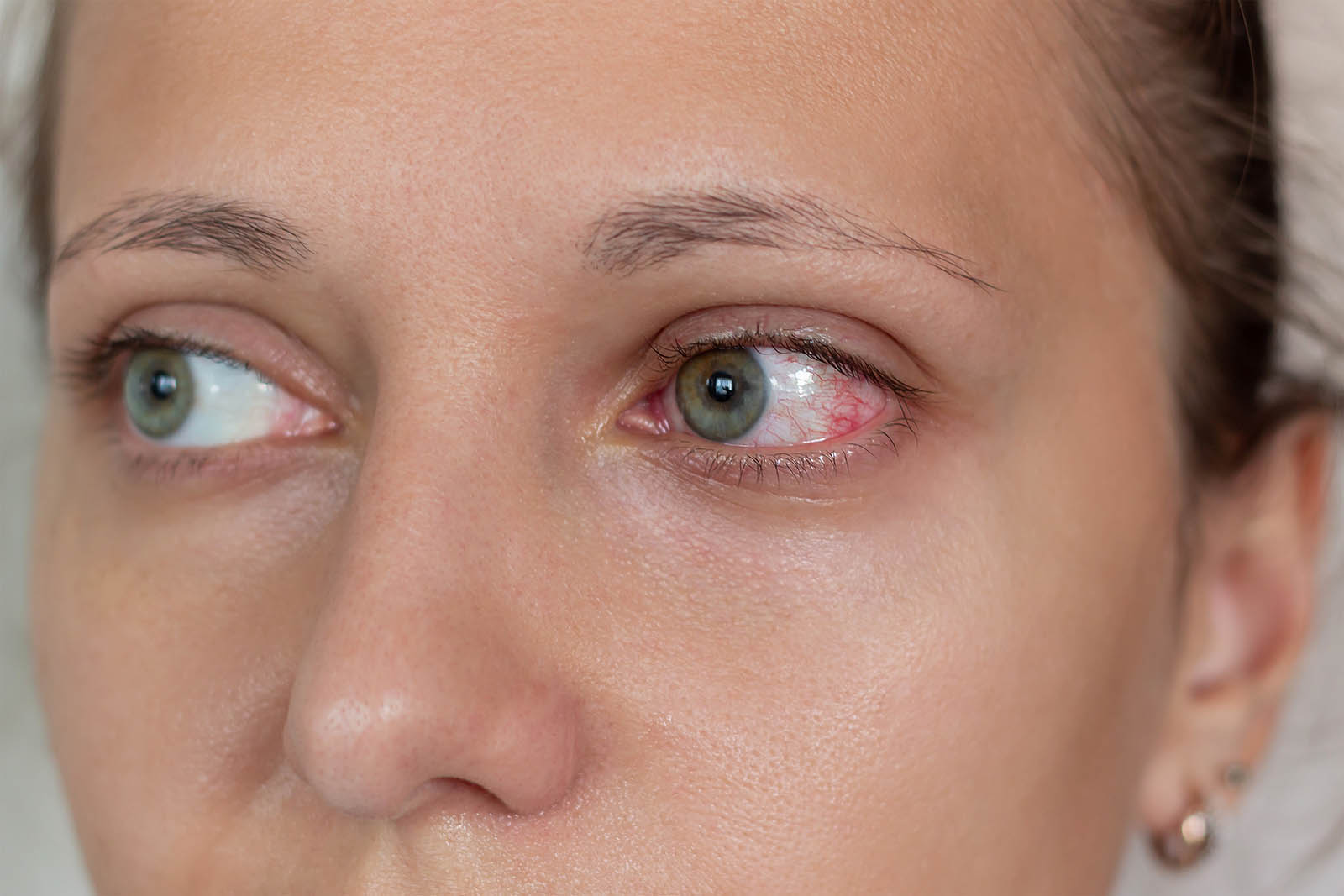The keratitis of the eye is a very common eye problem that we often ignore. However, it is essential to treat it as soon as possible to avoid major problems.
Avoid touching your eyes with your hands, keeping contact lenses clean and not using over-the-counter eye drops are habits that help prevent keratitis. If, despite these precautions, you end up suffering from this eye disease, specialised medical treatment is the only option to effectively treat it.
What is keratitis?
Inflammation of the cornea (the transparent tissue that forms the front part of the eye) is called keratitis. This ophthalmological disorder can be caused by an infectious cause (bacteria, viruses, fungi and parasites) or have a non-infectious origin, for example, due to the prolonged use of contact lenses.
Anyone can suffer from keratitis in the eye. However, patients with a weakened immune system or who wear contact lenses are more susceptible to keratitis, as are those with a previous eye injury or who use corticosteroid eye drops. In addition, family history also increases the likelihood of suffering from the disease.
Types of keratitis in the eye according to the area affected
- Superficial: these only affect the corneal epithelium, the outermost part of the cornea. They are divided into filamentous (with mucosa), punctate (ulcerations in the form of dots) and ulcerative (ulcers that interrupt the epithelium).
- Deep: these are lesions that damage the inner layers of the cornea. They are generally more serious than superficial ones because, after healing, they can leave a scar which, depending on where it is located, could impair vision.
Causes of keratitis in the eye
- Dry eye keratitis. Dry eyes can be due to multiple factors, such as the consumption of certain medications or ageing. In any case, this condition is conducive to the appearance of corneal lesions.
- Bacteria. They are usually due to poor lens maintenance. They can also be related to the use of contaminated water or make-up, or to corneal abrasion.
- Fungus. This cause is highly infrequent and very dangerous if not treated in time. It occurs more frequently in immunosuppressed patients.
- Viruses. This type of keratitis of the eye is usually caused by herpes or adenovirus. In both cases, there is a risk of recurrence.
- Amoebae. These are caused by Acanthamoeba (a parasite that is difficult to treat).
- Other causes. Severe allergic reaction, exposure to intense ultraviolet radiation, lesions in the ocular structure, abnormal closure of the eyelids, etc.
What are its symptoms?
The most common symptoms are as follows:
- Red eyes (hyperemia).
- Excessive tearing or other ocular secretions.
- Acute eye pain.
- Blurred vision or decreased visual acuity.
- Hypersensitivity to light (photophobia).
- Sensation of a foreign body in the eye.
- Opening the eyelids becomes difficult due to pain or irritation.
It should be borne in mind that keratitis of the eye can present complications if the patient suffers from certain previous pathologies. This is the case for those suffering from blindness, eye ulcers, corneal inflammation or scarring and chronic viral infections.
Keratitis in the eye and its treatment
The cure for keratitis will depend on the cause of the disease and its severity, and it may be necessary to resort to eye surgery. In any case, it will be necessary for an ophthalmologist to diagnose and treat the disease as soon as possible.
- Infectious keratitis can progress very quickly and usually requires urgent treatment (antibacterial, antifungal or antiviral) to eliminate the pathogen. If not treated in time, these diseases can lead to vision loss.
- With regard to dry eye keratitis and its treatment, it will be necessary to treat this eye problem in order to cure the disease. This is achieved with artificial tears of the viscosity that the specialist deems appropriate. Remember that using these medications on your own will only aggravate the problem.
Do you suffer or think you may suffer from keratitis of the eye? Then the best thing to do is to receive specialised medical attention. At Dr. Nebro Ophthalmology Centre, we have more than 25 years of experience in the detection and treatment of this type of disease. Make an appointment today!



